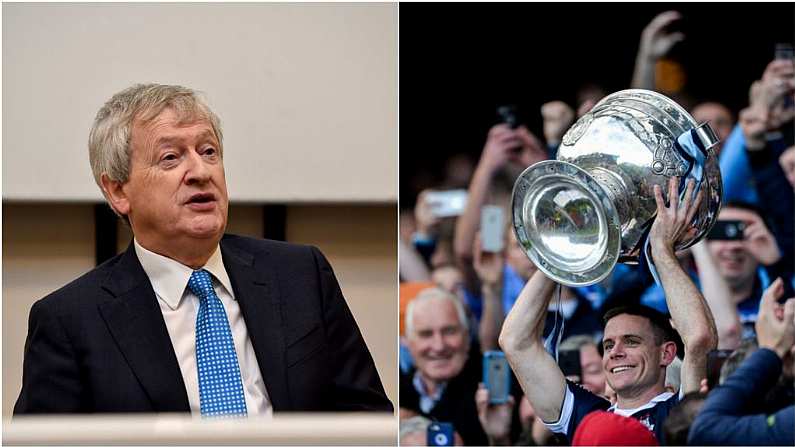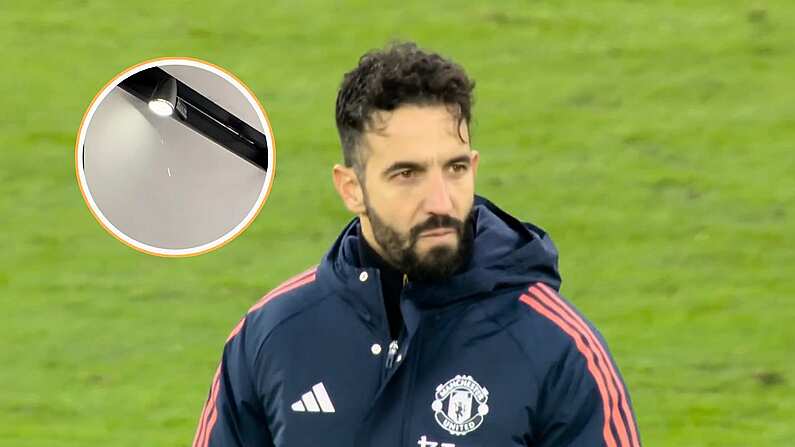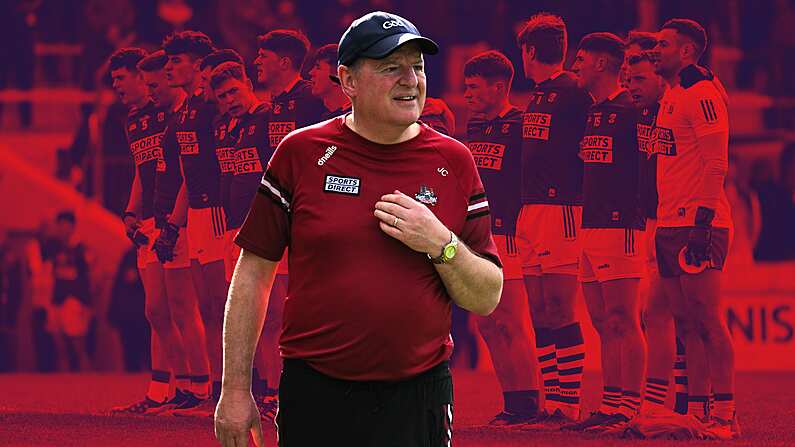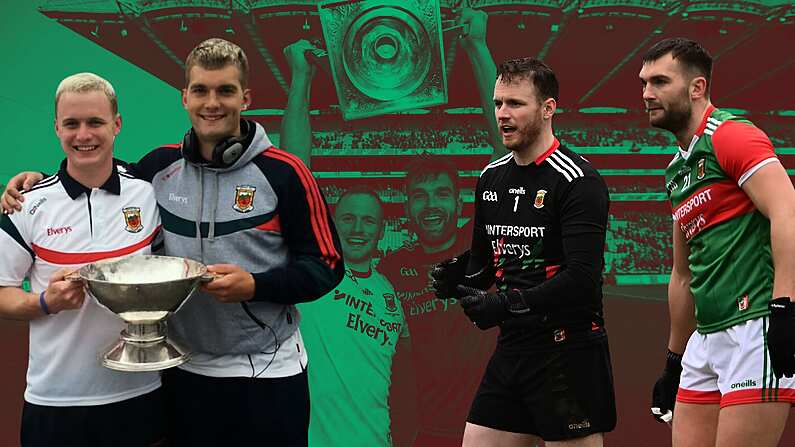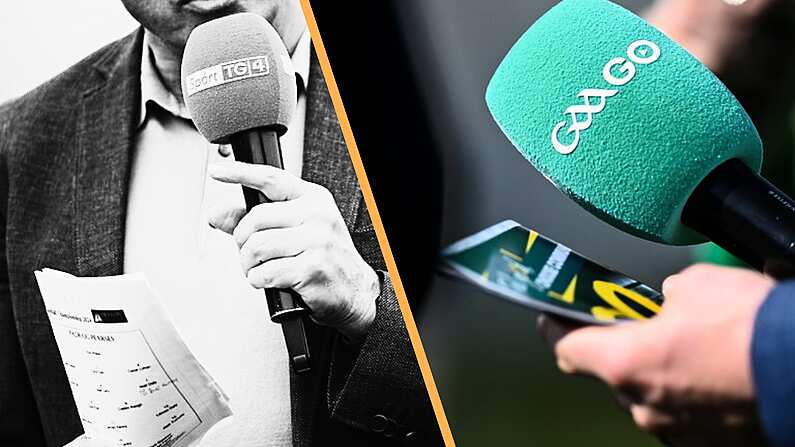The notion that Dublin should be segregated has, fittingly, split the GAA commentariat.
Having been officially mooted in a 2002 Strategic Review chaired by former GAA president Peter Quinn, the idea has gained added traction in the media in an era marked by Dublin's dominance, as they remorselessly powered their way to five All-Ireland titles in seven years.
Writing in his annual report, however, outgoing GAA Director-General Páraic Duffy reveals that he is emphatically against such a fissure in the capital, writing that there is "all to lose and nothing to gain" in potentially doing so.
While acknowledging the relative population and financial resources enjoyed by Dublin, Duffy cited the quality of the current crop of players and management, along with the canny work of the Dublin County Board as the main factors underlying their current dominance.
Duffy also called into question the extent of that dominance.
It is only a generation ago that the fear being expressed was that the GAA in our capital city was dying in the fact of the threat of soccer and rugby. How the mantra has changed...and how memories are short.
In achieving their five Al-Ireland titles in seven years, the margin of victory was a single point in four finals (one after a replay) and a three-point victory over Kerry in 2015. This hardly constitutes evidence of a county steamrolling over all opposition, or proof of the need to divide a county because it is vastly superior to the rest and must be broken up into two or three divisions for inter-county competition.
Duffy goes on to write that "the history of our games, and of sport in general, tells us that Dublin won’t win forever". His main argument against the cleaving of Dublin is the ramifications it would have on the identity of the county, the quality which is most intrinsic to the GAA.
One of the reasons why Dublin footballers generate support is that they give Dubliners a unique opportunity to celebrate their proud Dublin identity. And along with all of that, what of Hill 16?
While there may well be a mild and humorous northside/southside divide in Dublin (which, of course, does not include the greater Dublin western suburbs), this geographical affiliation comes nowhere near matching the passionate identification of all Dubliners with their team.
One is led to wonder if the ‘divide Dublin’ proponents have given any thought to what the GAA would lose if Dublin were to be split. Have they given any thought to what Dubliners would lose?
And is the sight of Dublin supporters on Hill 16 not one of the great spectacles in Irish sport? And are we not all looking forward to seeing Dublin supporters in their thousands heading out of the city to follow their team, which the championship format from 2018 will allow?
So, neither on competitiveness grounds, nor on account of the unfairness of depriving Dubliners of the pleasure of expressing their local and historical identity through the GAA (as every other GAA supporter is allowed to do), should we countenance the splitting up of Dublin.
There is all to lose in doing so, and nothing to gain.

